I.
In the 90s of the 20th century, Bay Khoa - my youngest brother, gardened and planted trees following the movement initiated by Tien Phuoc district. From Northern cinnamon to Indian pepper. From Bau tree to Aquilaria tree. Then planted cashew, cardamom, luffa for export... As a result, farmers in the whole district went bankrupt and were deeply in debt because the crops did not bring the expected results. My younger brother was a teacher, teaching one day and gardening the other. The meager salary invested in the trending crops made the family miserable. I asked: "What are you going to do now?" My younger brother smiled sadly: “What stars and moon anymore! I still garden and plant trees but I don’t follow the instructions of the district leaders anymore! They don’t understand anything about soil, climate and weather, and they don’t have a firm grasp of the characteristics of crops. They just shout like they see people eating cassava and running around, and catch fish wherever they see them, it’s a failure!”
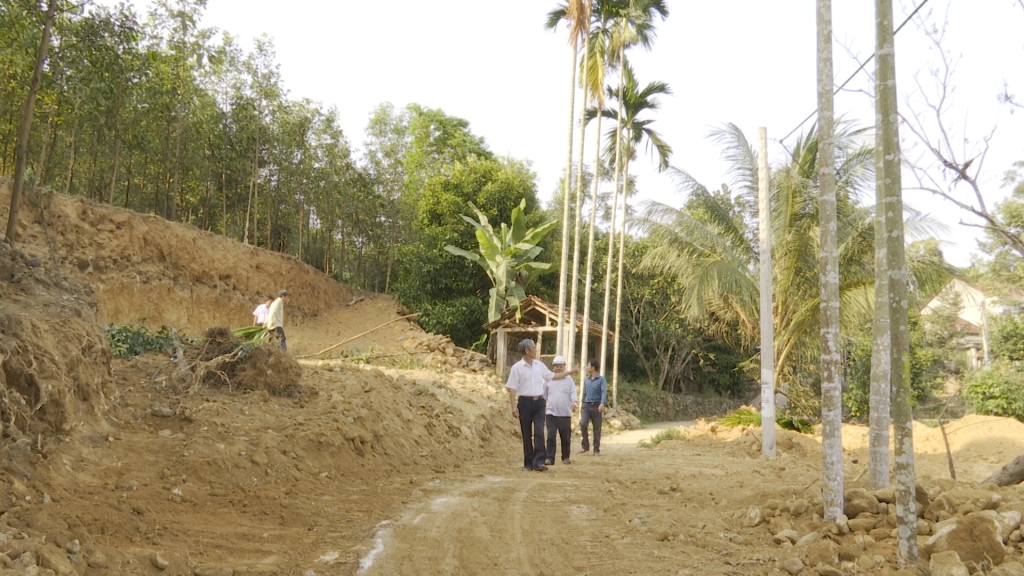
While many households in Huu Lam village, Tien Ky town, are still struggling to figure out what to plant, my younger brother plants only fruit trees: durian, mangosteen, pomelo, green-skinned grapefruit... Everyone smiles: "Fruit trees are trees that are harvested for fun, who buys them? The teacher is not old but is already senile...". I also wonder. My younger brother said: "The country has integrated and opened up. The lives of people in urban and rural areas have improved significantly. The difficult times of only wishing to eat well and wear warm clothes have gradually given way to the times of prosperity, delicious food and beautiful clothes. Fruits will sell for a good price, supply cannot meet demand...". I was silent, half-believing and half-doubting. Confident in his new direction, my younger brother spent all his capital to buy a pump, plastic pipes, pump water from Ho Quon lake to the tank and install a misting irrigation system for thirty durian trees, nearly a hundred mangosteen trees and other fruit trees such as pomelos, green-skinned grapefruits, oranges, seedless guavas... With the hard work of working day and night, my younger brother and his wife's orchard did not disappoint the caretakers. After ten years, the plants grew well, with fruits hanging on the branches and branches. At that time, it was the end of the first decade of the 21st century. Tam Ky city - the capital of Quang Nam province, was only about twenty kilometers from my hometown, the roads were convenient so the fruit sold at a very high price, all the fruit was sold. My younger brother was truly a far-sighted person...
II.
Two types of plants originating from the South, durian and mangosteen, are adapted to the climate and soil of the Tien Phuoc hilly area. They grow very well. However, the fruit set rate is not high, and the shape is not beautiful. Most durian fruits are deformed because of flat segments. Mangosteen fruits are small, with rough skin, not shiny. What is the cause? My younger brother took the trouble to go to the gardens in Tien Ky town and other communes such as Tien My, Tien Chau to ask. They also encountered the same situation. And no one could know the cause. My younger brother searched on Google and compared it with reality to discover the secret that these two types of plants still hide. After two years, that is, after two seasons of durian and mangosteen trees bearing fruit, my younger brother discovered that it was all due to fertilization, watering and lack of "assistance" for pollination. The durian tree blooms in late spring and the flowers bloom in the late afternoon and last until the next morning. In the South, there is wind and moths that pollinate the flowers when they suck nectar. In the midland of Tien Phuoc, in late spring, the weather is calm and there are no moths that suck nectar, so the durian flowers are not pollinated evenly. That is the reason why the durian fruit is deformed because the segments are flat. The fruit set rate is not high due to late fertilization. When the durian flowers bloom, it is also the time when new shoots sprout, the tree abandons the fruit to nourish the leaves...
Finding out the reason why the durian tree had low productivity and the fruit was deformed because of the small segments, my younger brother had a way to overcome it without much difficulty. Every year, at the end of the rainy season, he fertilized with NPK fertilizer mixed with decomposed manure about one meter away from the base of the tree. After the first and second lunar months, the tree sprouted. In late spring, the young leaves were old, and the durian began to bloom. When the afternoon fell and the flowers bloomed, my younger brother attached a pollinator to the top of the pole to pollinate the flowers. The work was easy but required a lot of effort, not haste. When the flowers bore fruit, my younger brother used scissors to cut off the young fruits at the top of the branches, and trimmed the clusters of fruits that were on the branches. That year's durian harvest was very successful. Each durian tree had 50 - 120 fruits. And the smallest fruit weighed about 2kg; the largest fruit weighed nearly 7kg. All the durian fruits had beautiful shapes and were eye-catching. There was absolutely no fruit that was deformed because of the small segments. My younger brother laughed: “It took me two years of recording fertilization, pruning, and researching pollination methods and times before I could control the durian tree to flower and bear fruit as I wanted.” After a moment of silence, my younger brother laughed again: “Growing durian requires a lot of effort, but creating a southern fruit garden in Ho Quon hamlet is also fun! Visitors from near and far come to admire the mossy rocks, stroll around and listen to the birds chirping, it is all worth it.”
Not only does he love gardening, my younger brother also does gardening and planting trees with a rare passion.
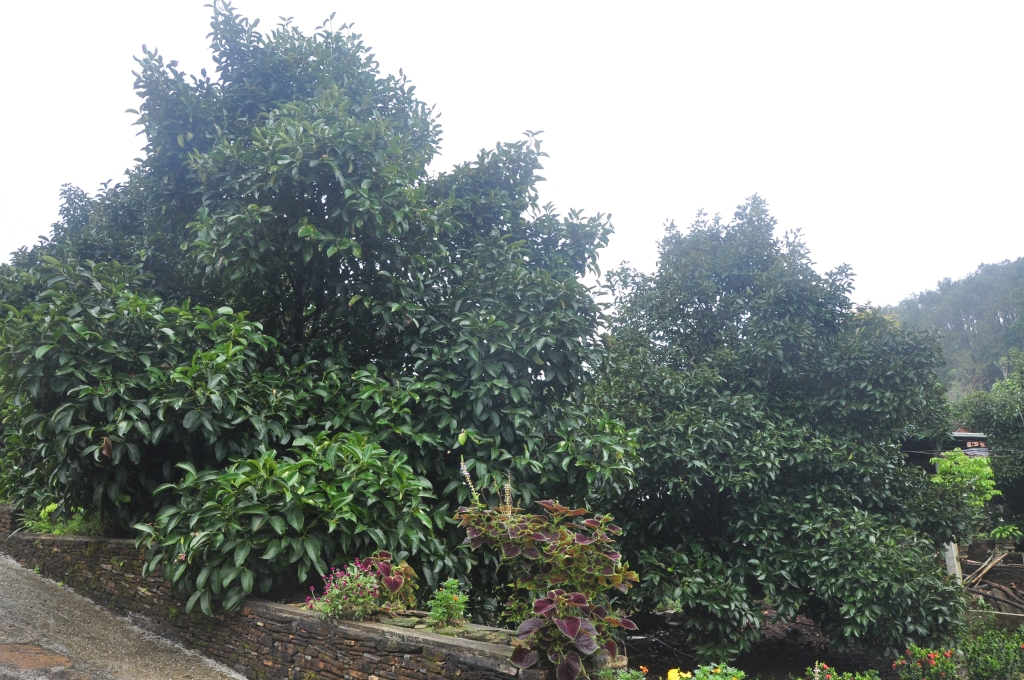
Mangosteen trees flower and bear fruit twice a year. The first harvest is at the end of summer. The second harvest is at the end of the lunar year. The first season, also known as the main season, has more fruit but the price is also cheaper. It fluctuates around 50-70 thousand VND/kg. The second season, also known as the secondary season, has less fruit but the price is higher. On average, it is 120-150 thousand VND/kg. My younger brother said that the main season coincides with the mangosteen harvest season in the South, so it cannot be sold at a good price. As for the secondary season, mangosteens in the South are "out of stock", this high-class fruit becomes scarce, and mangosteens from the countryside take the lead. I said: "If the price can be converted from the main season to the secondary season and vice versa, the income will double or triple". My younger brother said: "I am researching the characteristics of mangosteen trees to adjust the ratio of fertilizers, fertilization time, and the amount of watering per week accordingly. I hope I will be successful...".
I know that it is impossible to find the secret to making the mangosteen tree blossom and bear fruit as desired overnight. It takes time. Every time I come back from the city to visit my hometown, I don't hear anything from my younger brother. I secretly think that he is helpless in the face of this difficult problem. It was not until the end of last year, when he saw me coming back, that he happily boasted: "I have found the key to converting the side crop into the main crop of the mangosteen tree."
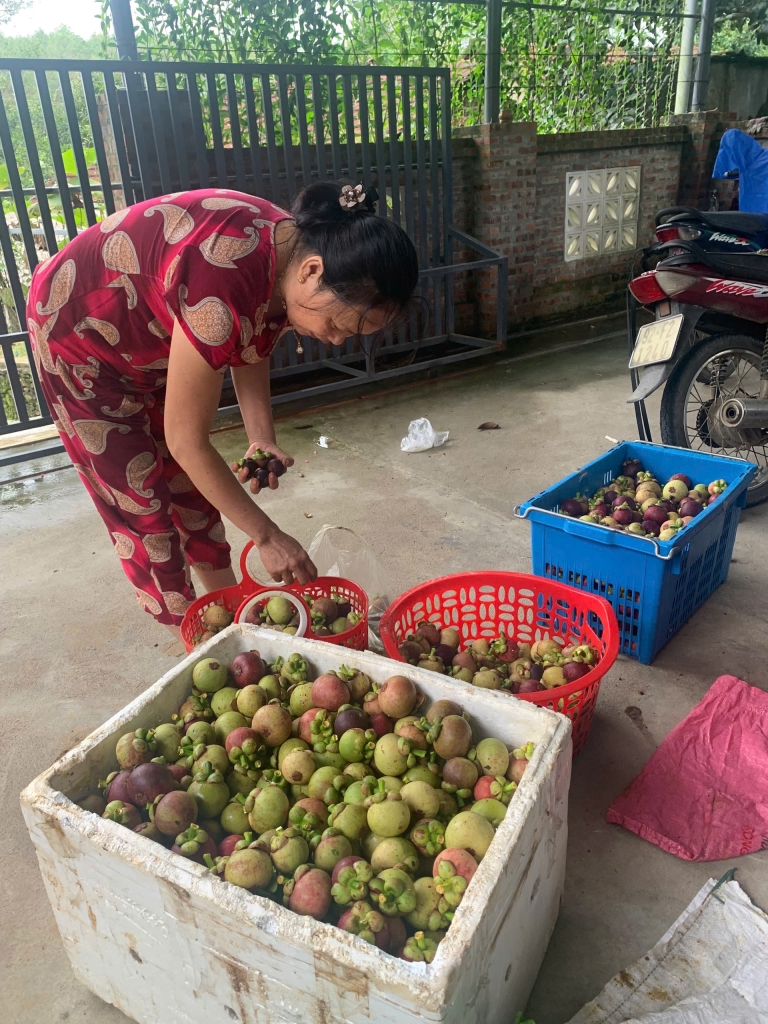
Sitting and chatting, my younger brother said that the mangosteen tree bears fruit twice a year. The tree that bears more fruit in the first batch will bear less in the second batch. And vice versa. From the time the tree sprouts new buds until the leaves are old is two months. After that, the tree will flower and bear fruit. Therefore, it is necessary to fertilize immediately after harvesting so that the tree can absorb nutrients from the soil to regain strength. This step is extremely important in the appropriate ratio of phosphorus, nitrogen, and potassium to get the expected results. If you want the tree to bear less fruit, the ratio of phosphorus and nitrogen is high, the ratio of potassium is low. If you want the tree to bear more fruit, increase the ratio of phosphorus and potassium and reduce the ratio of nitrogen. My younger brother excitedly said, "After two years of experimenting and careful recording, I have just concluded that. Now I have a firm grasp of how to control the mangosteen tree from the secondary crop to the main crop as I wish." I asked, "The mangosteen fruit is stunted, the skin is rough, have you found the reason yet?" My younger brother told me that when the fruit is as big as a thumb, if there is a lack of fertilizer, the fruit will be small and the skin will not be shiny. Knowing that, my younger brother fertilized the tree sufficiently. Thanks to that, the "Seven Khoa mangosteen" has big, round fruit, beautiful shiny skin, and excellent quality. Each kilo has only 12-14 fruits. Harvesting with a net does not cause bruises inside the fruit, and the segments do not turn yellow. Chatting happily, my younger brother said that last year, the successful conversion of the side crop to the main crop brought my younger brother's family about three hundred million dong.
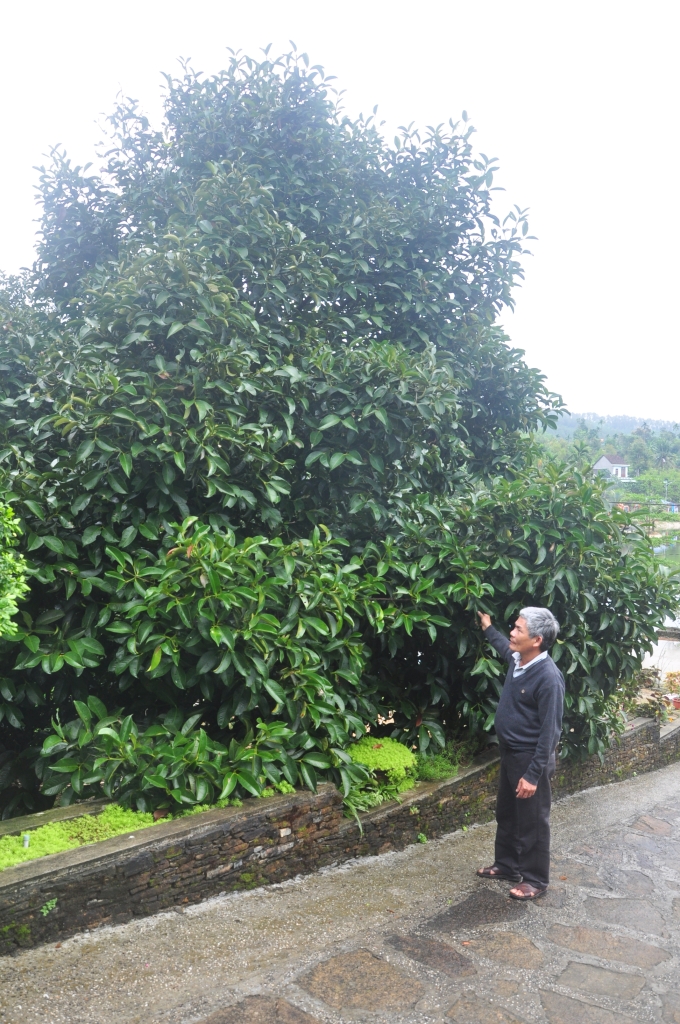
Not discouraged by the ups and downs, my younger brother still sticks with the gardening profession.
Right after turning 55, my younger brother applied for early retirement according to the regime, staying home to focus on the Southern fruit garden. Layering the hilly garden, stacking stone banks to prevent soil erosion during the rainy season. Cultivating moss on the stone banks in neat rows, exactly like installation works of art, when spring comes, it creates smooth, shiny green moss walls, beautiful as a dream. The income from the fruit trees in the garden of more than one hectare, increases every year in an arithmetic progression. My younger brother's family life is also leisurely thanks to that. Unexpectedly, in the rainy season of 2020, storm No. 9 - storm Molave, from the East Sea, made landfall in Quang Nam, causing terrible damage to people and property ( [1] ) . My younger brother's durian garden was uprooted and destroyed. Fortunately, the mangosteen garden still stood firm against the terrible winds of the super typhoon that only occurs once every few decades. As for the durian garden with nearly a hundred trees of Sau Dai - my younger brother in Da Bo, due to the direction of the wind being off, there was not much damage. Lamenting one's fate is useless! Sau Dai and Bay Khoa devoted themselves to taking care of the garden. So did the surrounding households. And then the "Southern fruit village in Ho Quon" in late summer attracted people who love gardening, nature with the sound of birds chirping here and there, to come to the small village by the lake to stroll and enjoy the flavors of the fruits: durian, mangosteen, pomelo, green-skinned grapefruit...
Good news spread far and wide. "Southern fruit village in Ho Quon" has become a familiar place to many people inside and outside the province. Local authorities came to see the Bay Khoa fruit garden in Ho Quon, the Sau Dai durian garden in Da Bo and many other households along the lake, realizing that this place, if invested in, would be an attractive eco- tourism destination. Go Me hill and Mu U hill are covered in green by closed-canopy Caribbean pine forests, with young buds. Ho Quon lake is like a mirror of the blue sky and blue water, located next to National Highway 40B. Around the lake is the Da Bo and Ho Quon areas with ten households living by gardening. Furthermore, this place is only about twenty kilometers from Tam Ky city - the capital of Quang Nam province. The factors of favorable weather - favorable terrain - favorable people are all present. With the available advantages, Tien Phuoc district invested in dredging and repairing Ho Quon lake, planting electric poles for lighting, making concrete roads around the lake shore, building flower pots, ornamental plants, etc. In addition, Tien Phuoc district also helped households in Da Bo and Ho Quon build garden landscapes with specific and practical tasks. Providing mountain rocks to build garden banks. Supporting capital to buy seedlings. Supporting the installation of misting irrigation systems for plants. Supporting money to build gate fences, etc.
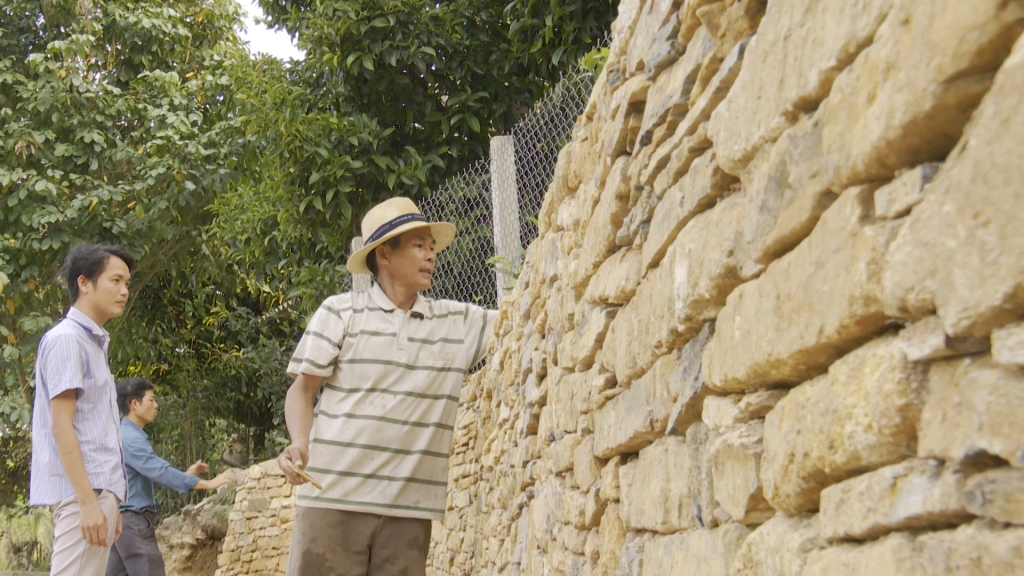
Due to limited investment resources from the local government and households, the “Southern fruit village in Ho Quon” has only just begun to form an eco-tourism destination. However, every day, many young people from other places still come to visit and watch the teal and wild ducks swimming in the lake. Talking to the locals, everyone told me that the households have more income from fruit trees in the garden, and the small village by the lake has a new look thanks to my younger brother who initiated gardening, planting Southern fruit trees on the hilly land. Another important thing is that Bay Khoa discovered and “made” durian and mangosteen trees bloom and bear fruit as he wished and spread that valuable experience to gardeners. “Sau Dai durian”, “Bay Khoa mangosteen” and “Southern fruit village in Ho Quon” are well-known brands.
In October 2022, the leaders of Tien Phuoc district chose my younger brother's mangosteen garden as one of the places for the leaders of Quang Nam province to bring the delegation of Sekong province of Laos to visit and learn about the model of gardening and growing fruit trees with high economic value...
March 2023
Source: https://qrt.vn/van-hoa-van-nghe/nguoi-dieu-khien-cay-qua-dom-hoa-ket-trai-theo-y-muon/


![[Photo] Vietnamese and Hungarian leaders attend the opening of the exhibition by photographer Bozoky Dezso](https://vphoto.vietnam.vn/thumb/1200x675/vietnam/resource/IMAGE/2025/5/29/94d8ceca5db14af3bf31285551ae4bb3)
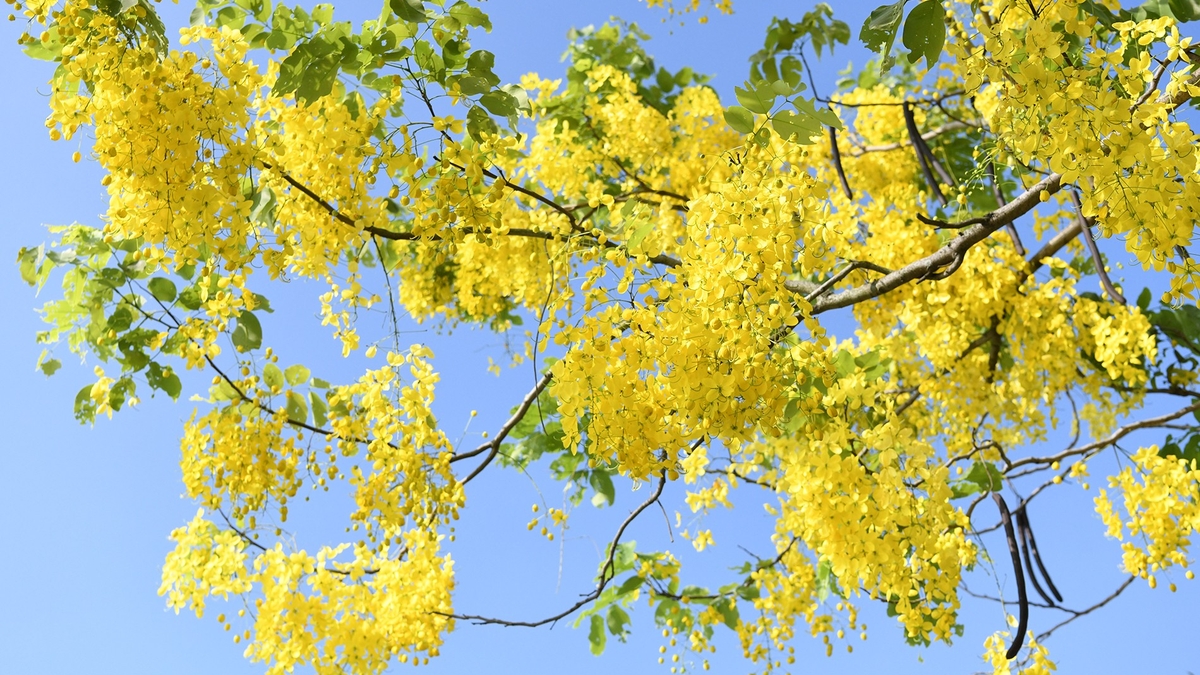


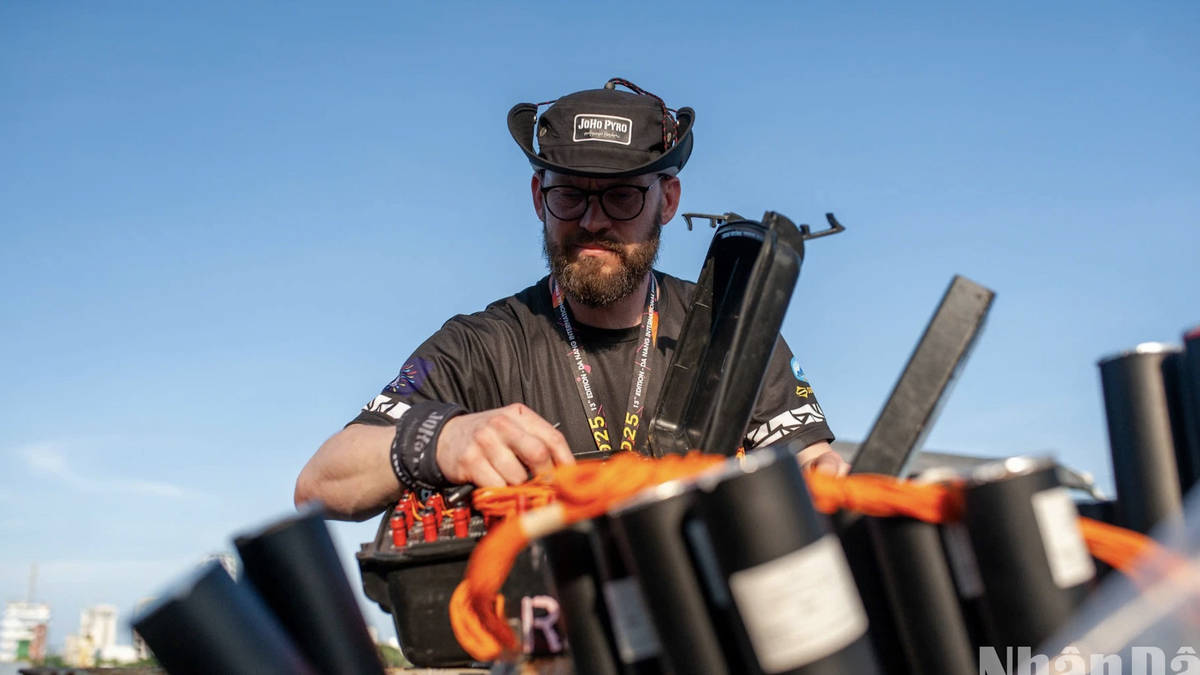
![[Photo] Prime Minister Pham Minh Chinh meets with Hungarian President Sulyok Tamas](https://vphoto.vietnam.vn/thumb/1200x675/vietnam/resource/IMAGE/2025/5/29/dbcaa73e92ea4448a03fe1d0de6d68e8)
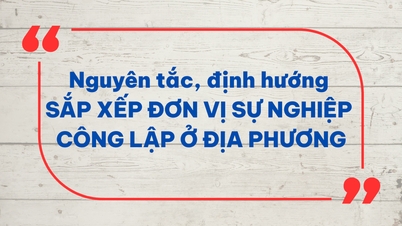
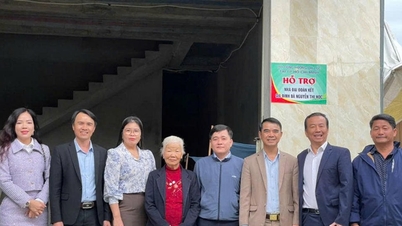


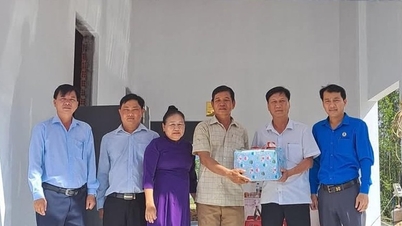
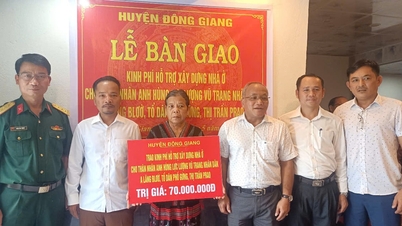
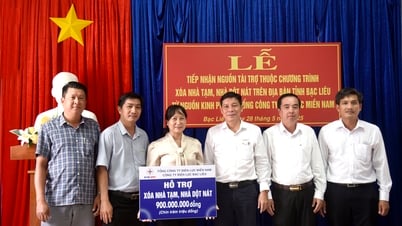




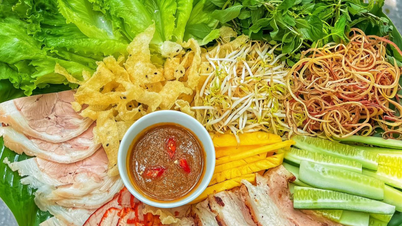
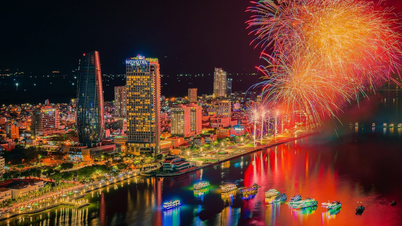



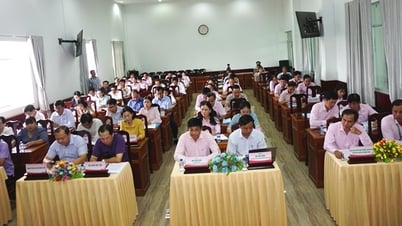























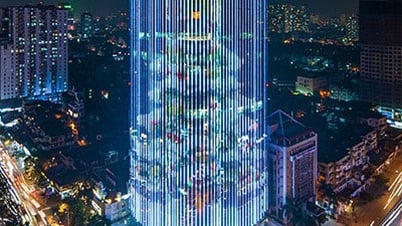
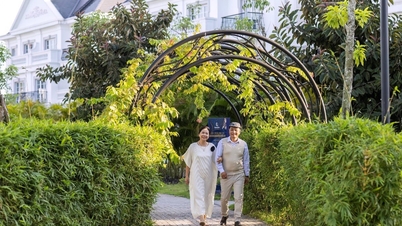









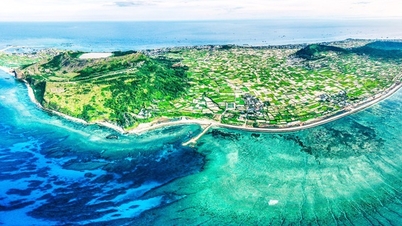

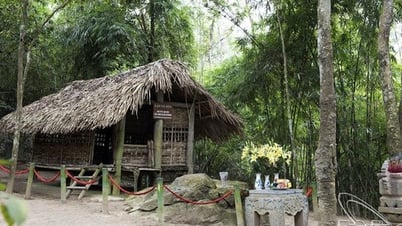
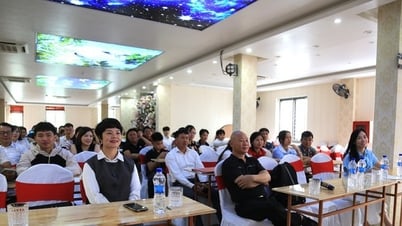
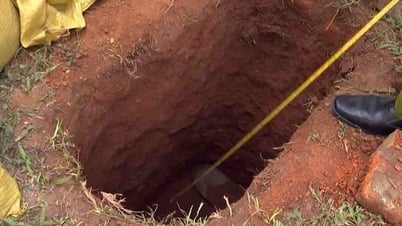
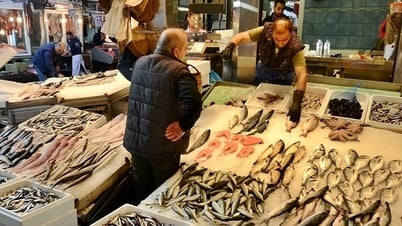



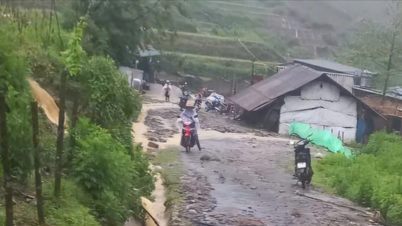

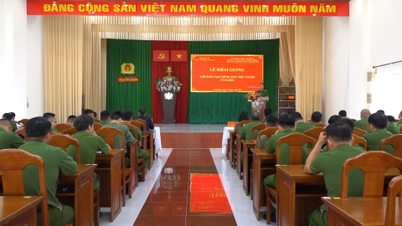

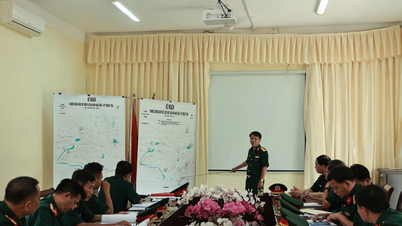











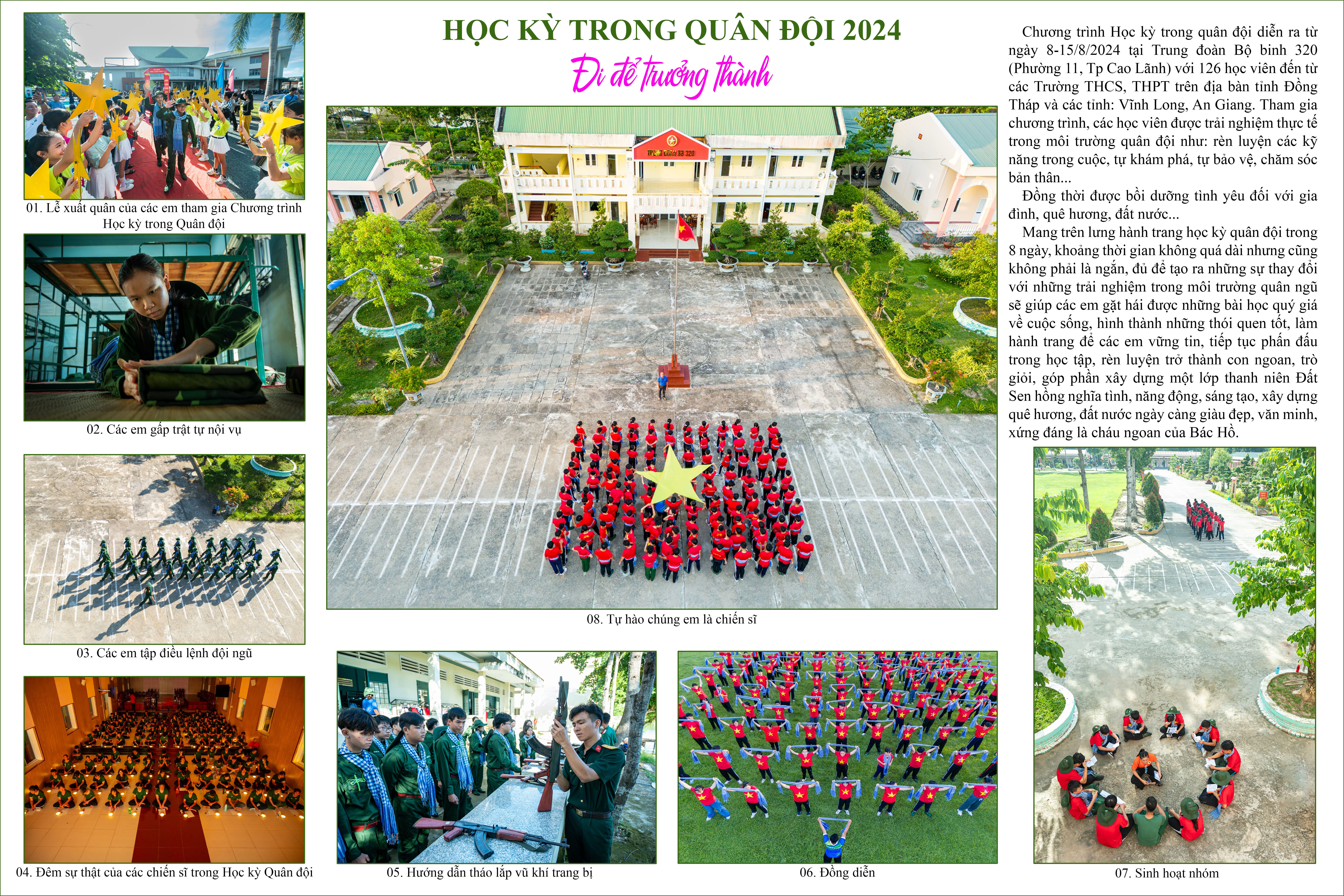
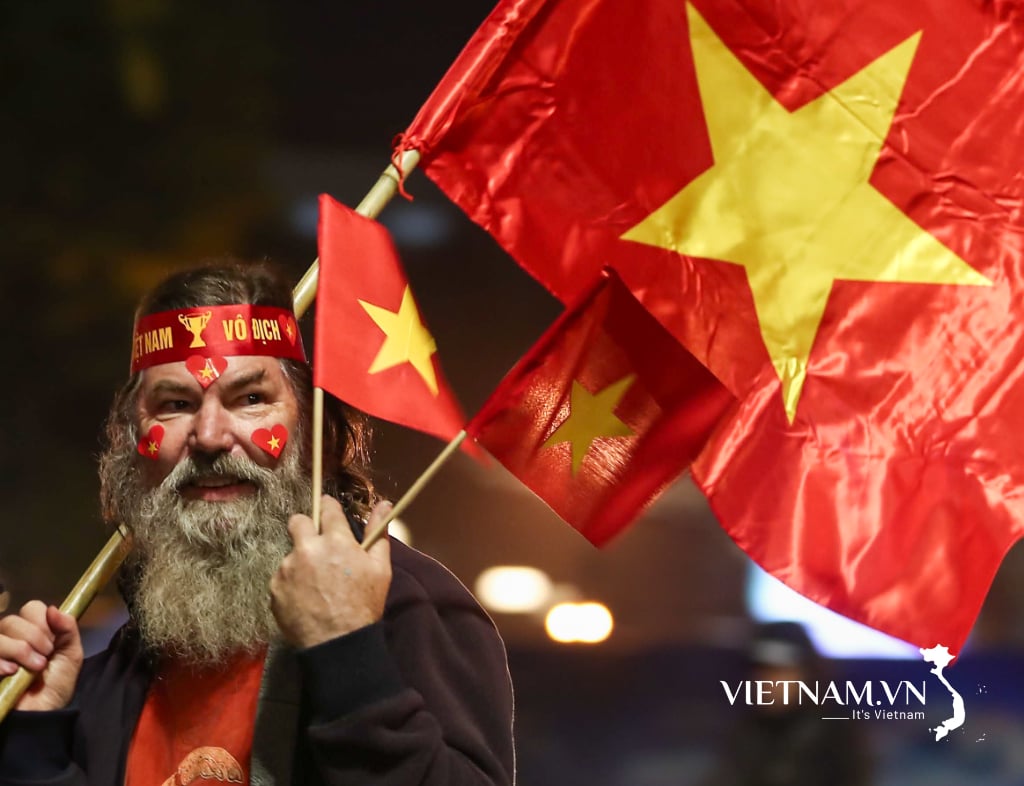
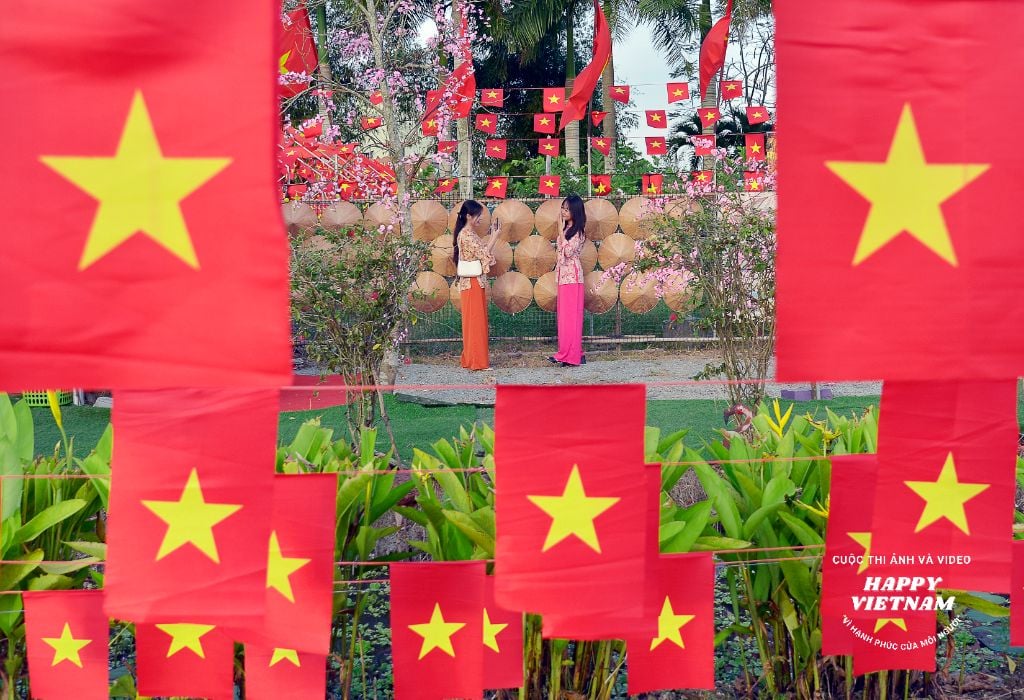

Comment (0)